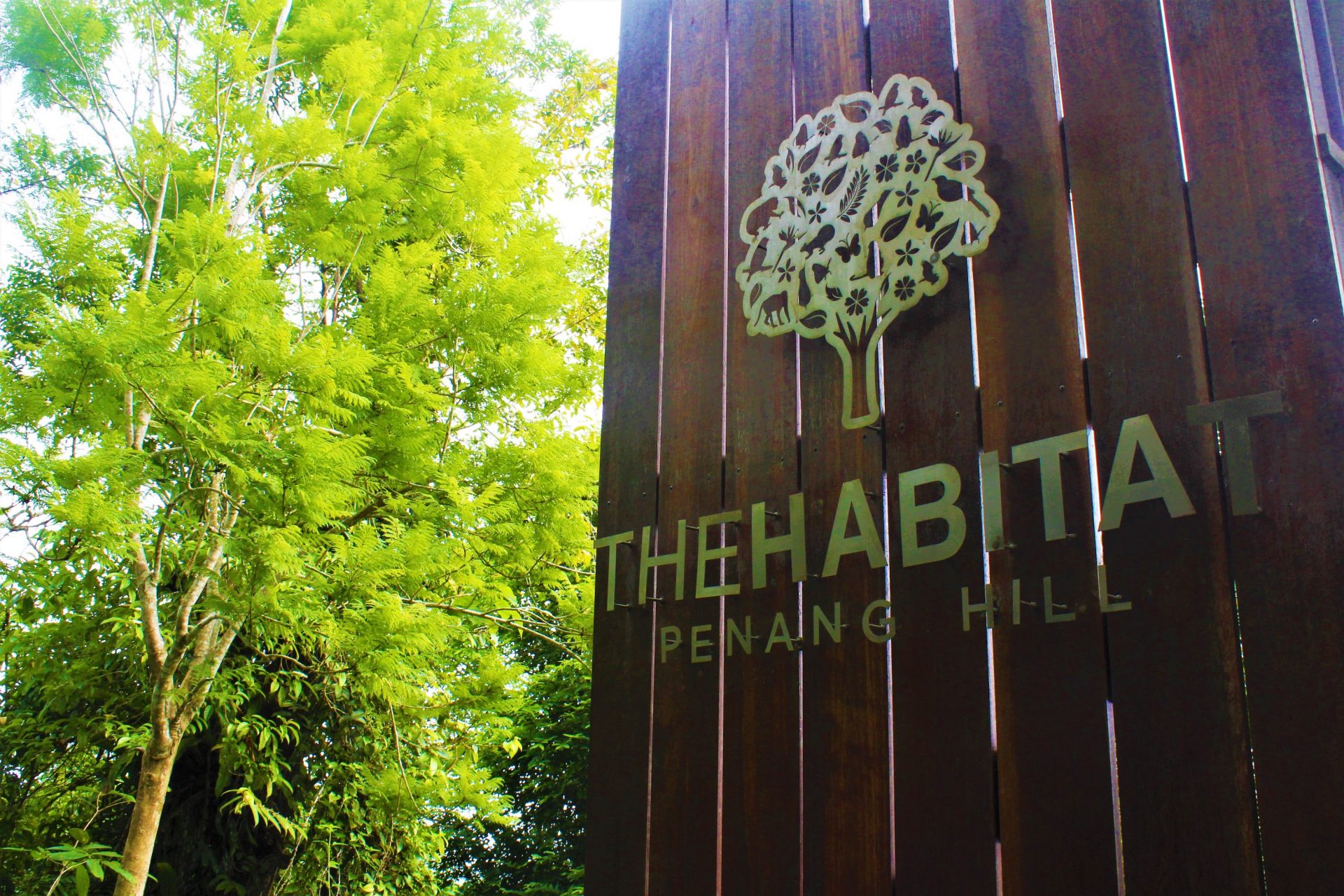With accessibility to a 130-million-year old rainforest only a train ride away, the unique experience of forest bathing closes the gap between man and nature.
The saying “reconnect with nature” is a catchall term with a lot of different meanings. It is never a one-size-fits-all answer. Some of us just love living in natural surroundings, while others adopt activities to make full use of the environment. In my opinion, it has to hit the sweet spot between both.
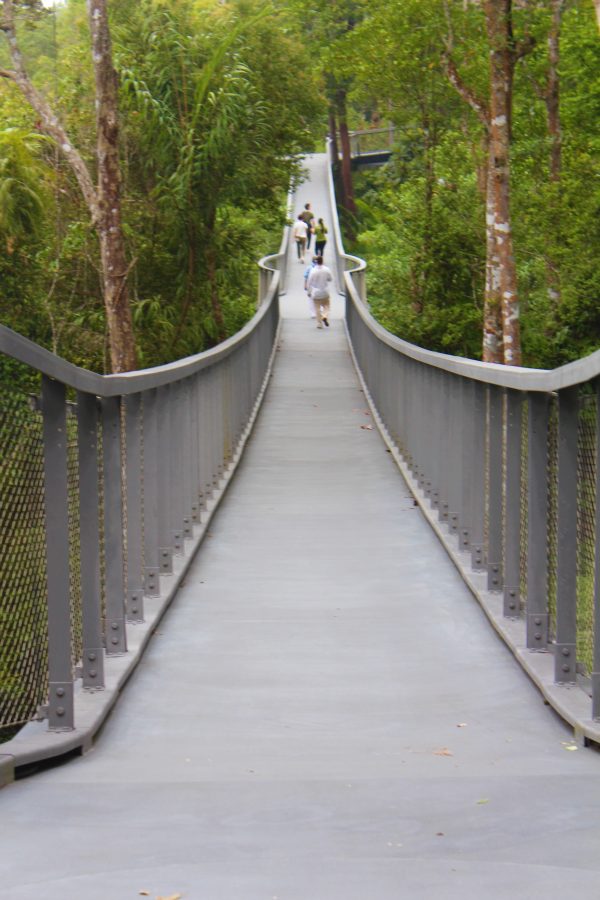
Taking the funicular train ride up the steepest track in the world, I had questions in mind. What is this forest bathing? Is it safe? Will I need to bring a towel and shampoo? Might three hours be too long in a terrestrial ecosystem?
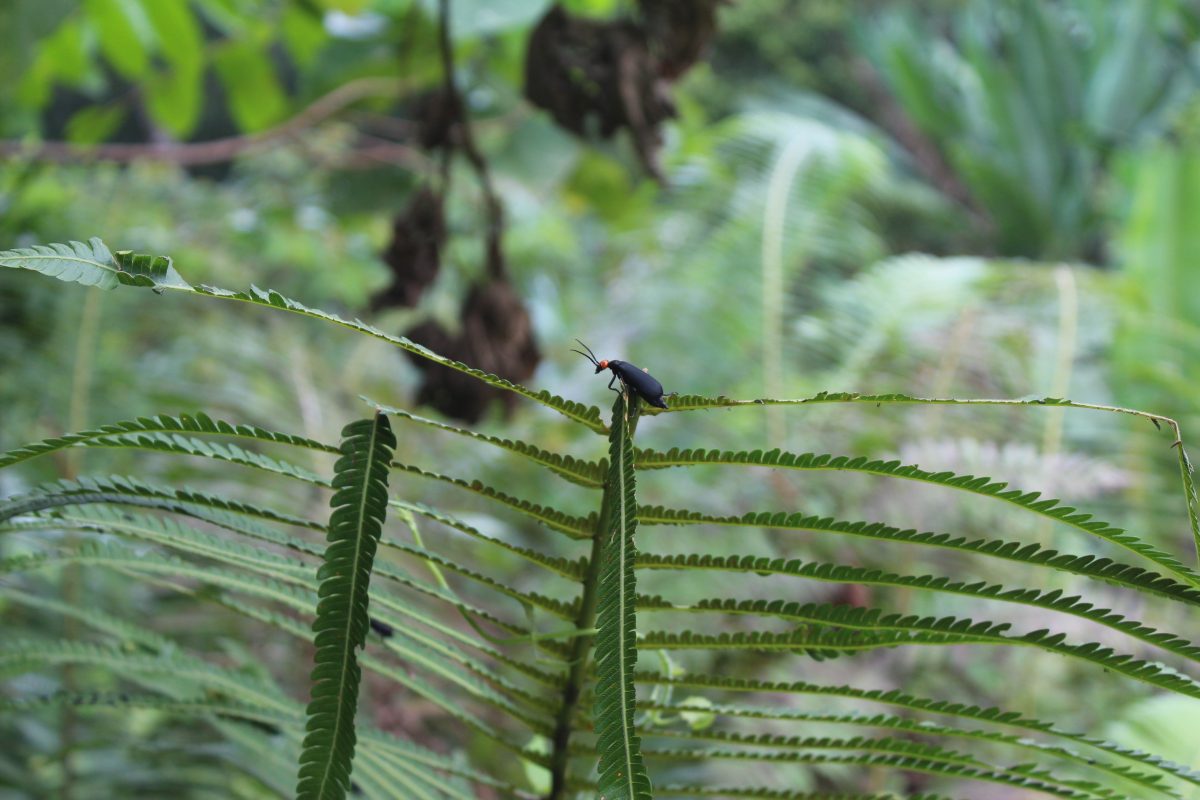
A thickening blanket of mist is a sign that the drop-off zone is fast approaching, and The Habitat sits on the backside of Penang Hill. The loud vocals of cicadas dominated the forest’s orchestra, perhaps alerting the rest of the jungle that a group of humans are entering.
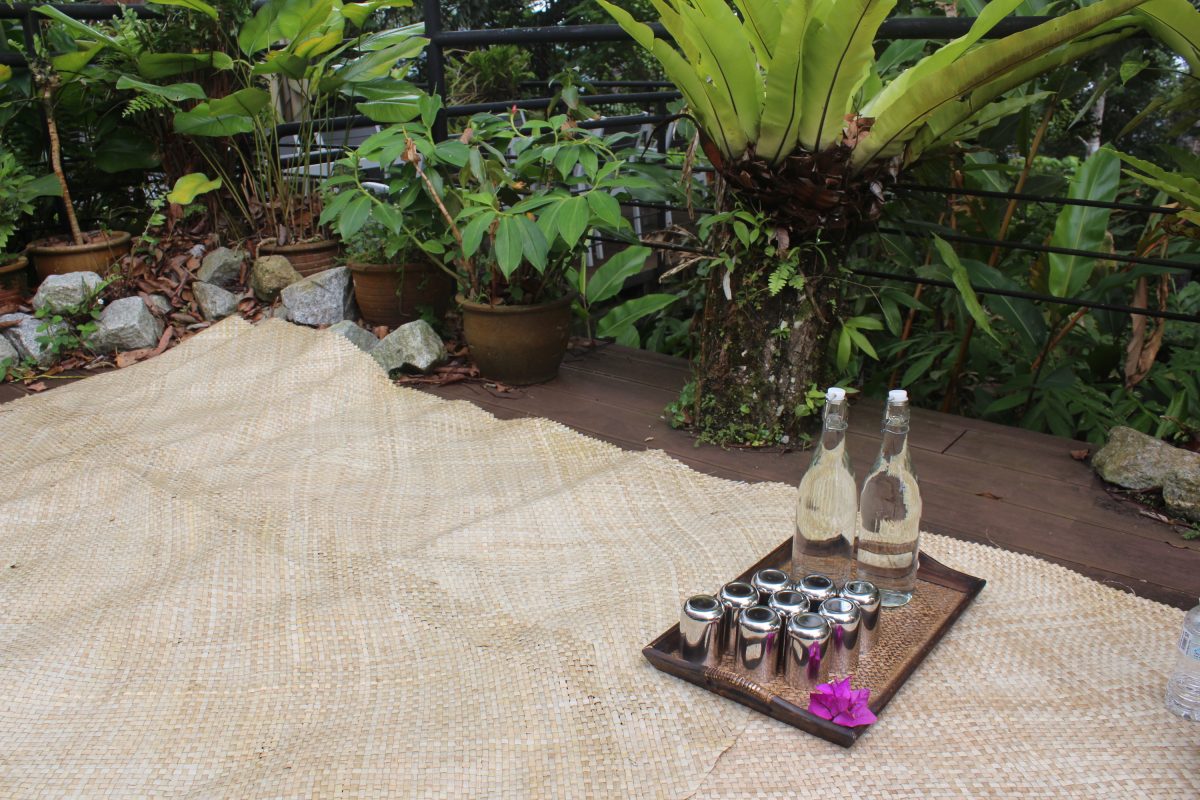
Corina, a trained naturalist, explained that it wasn’t a welcome call for us but rather male cicadas crooning to their prospective mates. Not necessarily the most romantic hum, yet it works for these little fellows. The vastness of the forest is beyond belief. Complex lateral roots anchor towering trees, which form a dense canopy where monkeys and squirrels manoeuvre their jumping skills.
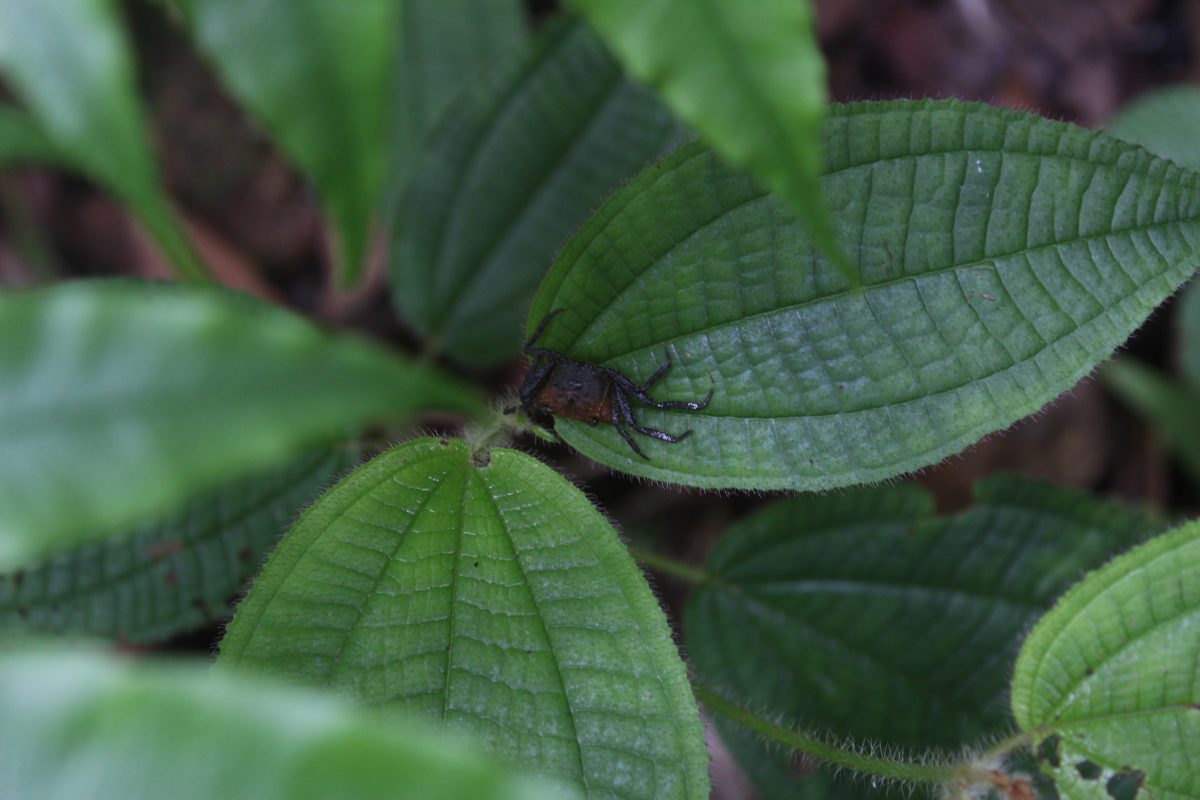
In the good books of this primaeval world, most humans stand as little more than awe-struck outsiders.
While squinting at everything far and wide, magnifying glasses offered a different perspective. Plant hairs, vein patterns on leaves, and insects coming off sweet-smelling orchid flowers, a lot is happening here that our eyes miss out on. Ferns abound here, in various sizes and shapes.
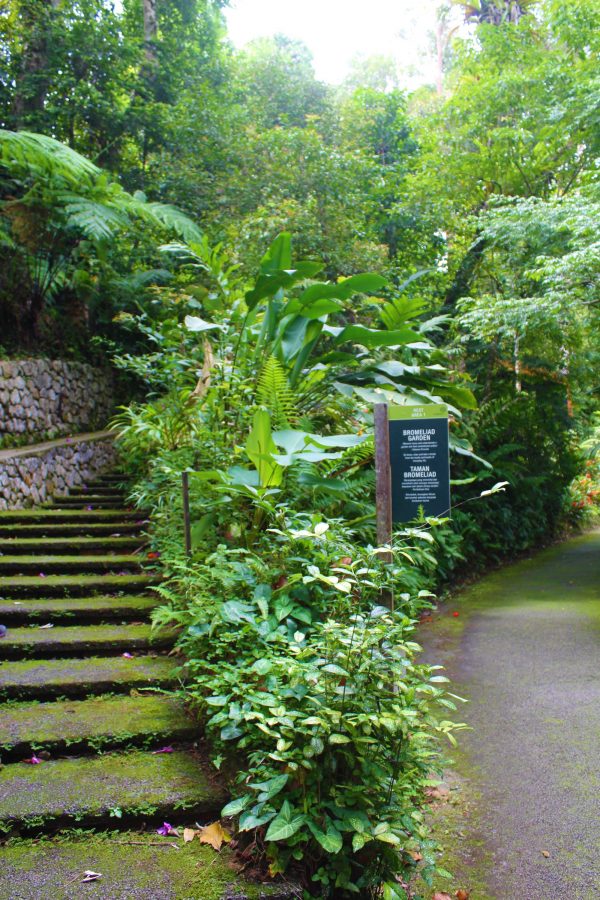
Also, what first looked like a row of bananas are actually orchid bulbs, where the plant stores its nutrients.
Nearby, covered in ginger fur and cradled in his mother’s arm, a langur baby shifted our attention. Circling the curious infant were adult dusky langurs, with thick white eye rings and dark fur.
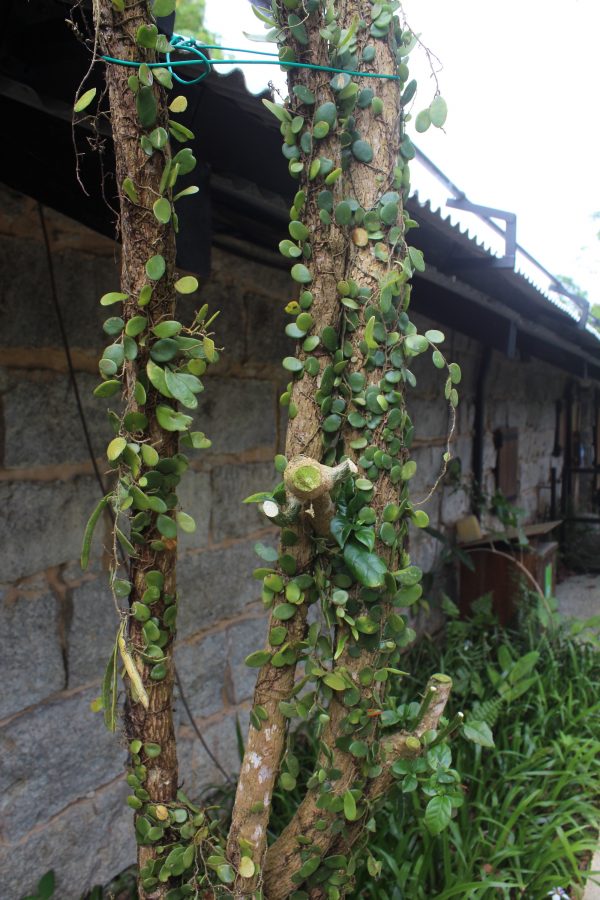
This endangered species is a permanent habitant of the forest and feeds on leaf shoots, forest fruits and young leaves. We were just a few metres in but the sounds, sights, and scents of the jungle were already telling stories.
WHAT IS FOREST BATHING?
Despite the name, there is no bath in the literal sense of the word! It’s more akin to fully immersing oneself in the forest, much as is done in a bath.
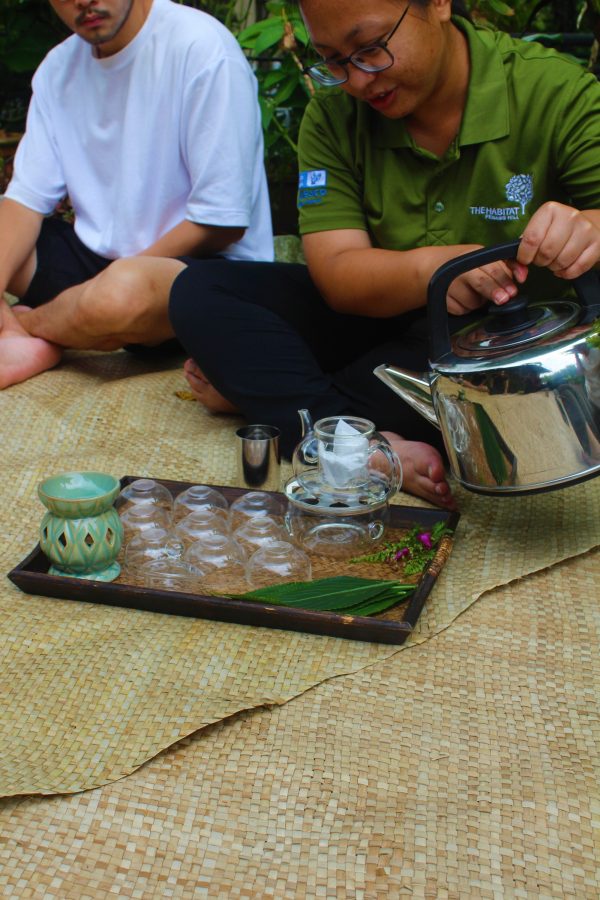
In 1982, the Japanese Ministry of Agriculture, Forestry and Fisheries introduced shinrin-yoku, which translates to ‘forest bathing’, after an increasing number of citizens grappled with karoshi – death due to overworking.
This physiological and psychological practise is available as a clinical therapy and written on prescriptions in the country. Trees release phytoncides, chemicals that protect themselves from bacteria and make people feel relaxed. Dr Qing Li, the world’s foremost expert in forest medicine, made numerous studies that show humans benefitting from the forest atmosphere.
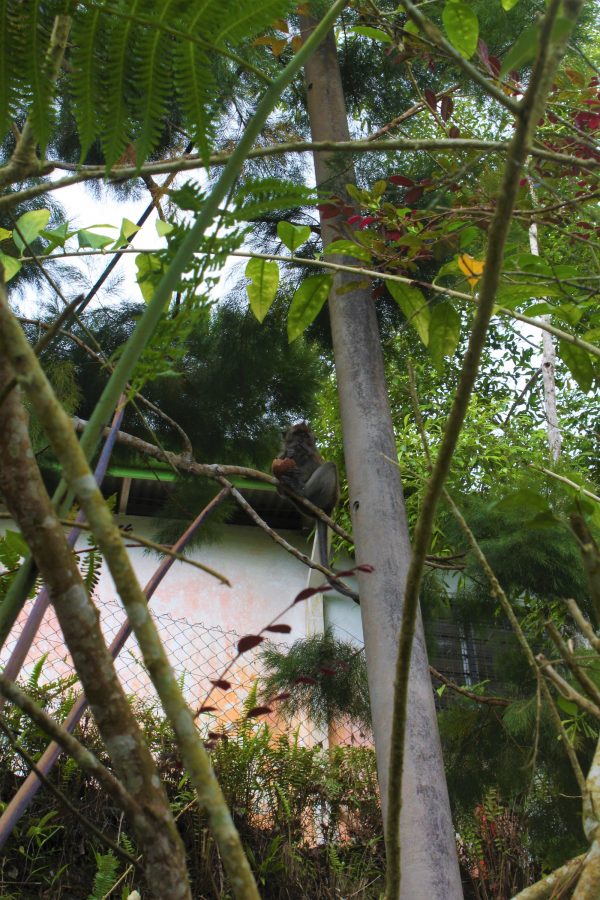
The phytoncide “shower” helps to uplift the mood, permits quality sleep and normalises blood pressure and heart rate, and these benefits can last for weeks.
Following the first lockdown, physical and mental stresses took a toll on everyone. Rich in biodiversity and away from the urban hustle, The Habitat rightfully decided to introduce this soul-soothing routine. The goal is to awaken the senses of touch, hear, see, smell and taste within Mother Nature’s giant playground.
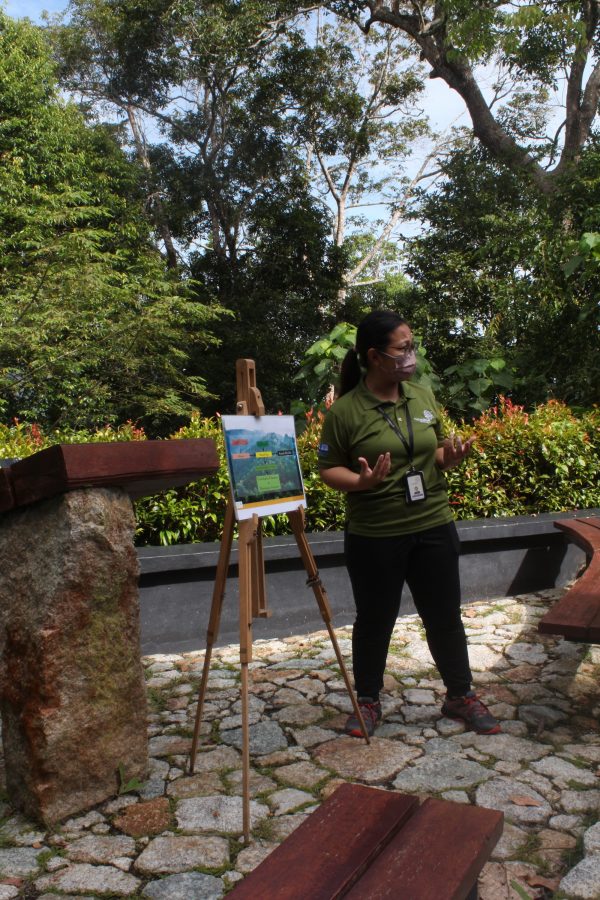
“I could see a drop of burden, an immediate sense of relief and ease in their eyes,” shares Corina about her earlier sessions with medical officers. The Nature’s Trail was originally built by the British in the 19th century to maintain a drainage system and prevent soil erosions in other parts of the hill. Today, the virgin rainforest gets its long overdue moment in the spotlight for our wellness.
THE LIVING FOREST
With the right eyes, the jungle is a treasure trove. Epiphytes, plants that grow on other trunks, appear like ornaments for the big trees. It is easier to spot differences than similarities between plants. And for insects, it is their home.
From blister beetles that quickly defoliate plants to jumping spiders, giant ants that resiliently guard costus plants for nectar, and grasshoppers sneakily camouflaging on leaves – their daily lives are pretty eventful. For me, the most intriguing part was spotting a Penang Hill Vampire Crab (Geosesarma Faustum).
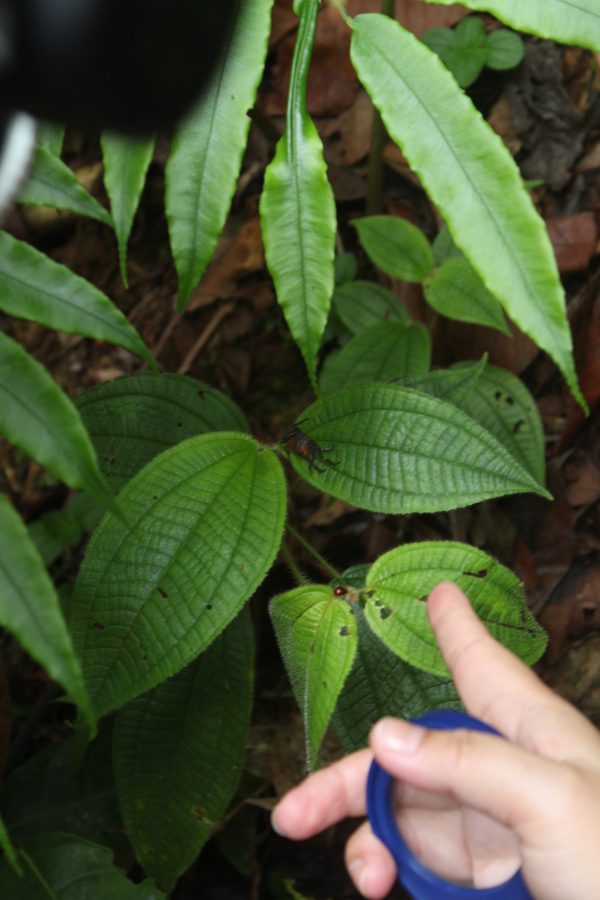
First discovered in 2016, this highland crab, with its black eyes and slender legs, is endemic to Penang Island. Its diet includes mosquitoes and their larvae. The characteristics of these creatures remind us that the ecosystem is close-knitted.
The forest is also home to the blue Malaysian coral snake, which is caricatured on a nearby signboard. Despite the non-intimidating sign, the very mention of the reptile got me ogling at each rumble of shrubs and wilted leaves.
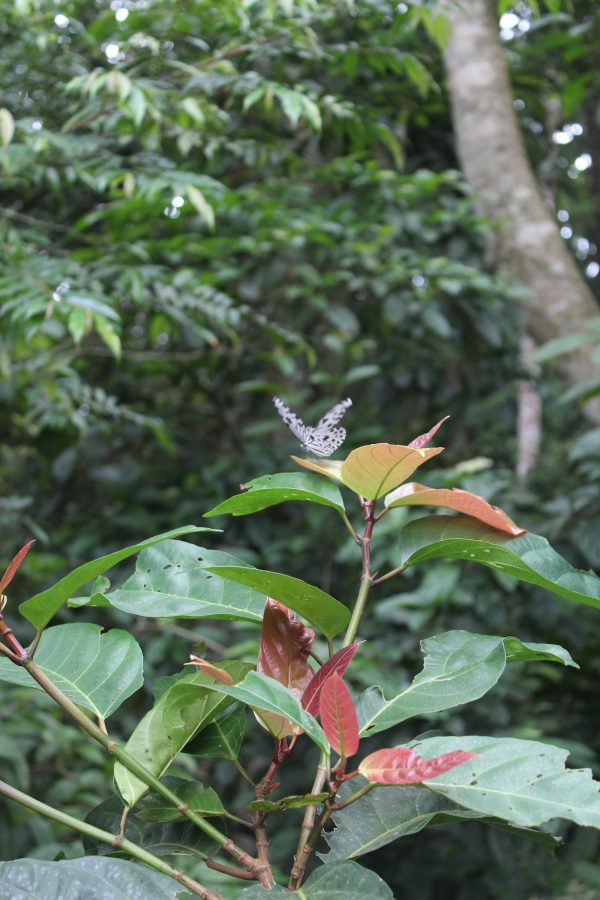
Contrary to its common notoriety, Corina explained that the elapid snake isn’t aggressive to humans unless provoked. Other rare inhabitants to look for are the red giant flying squirrel, leopard cat, and the bent-toed gecko, another endemic species to the island.
JUNGLE JAUNT
The Langur Way Canopy Walk is one of the most attractive structures in The Habitat. The running theory is that a family of langur monkeys watched the bridge’s construction while munching on leaves. Little did the arboreal spectators know that the walk will be named after them.
Regarded as the only two-span ribbon bridge in the world, each span measuring 115m in length, it feels like stepping into a realm fortified by Mother Nature. Sitting 40m above the forest floor, you get a closer look at the emergent layers of the tree, becoming a favourite spot for birdwatchers. To date, a total of 129 bird species have been recorded, including the Blue-tailed Bee-eater and Green Lora.
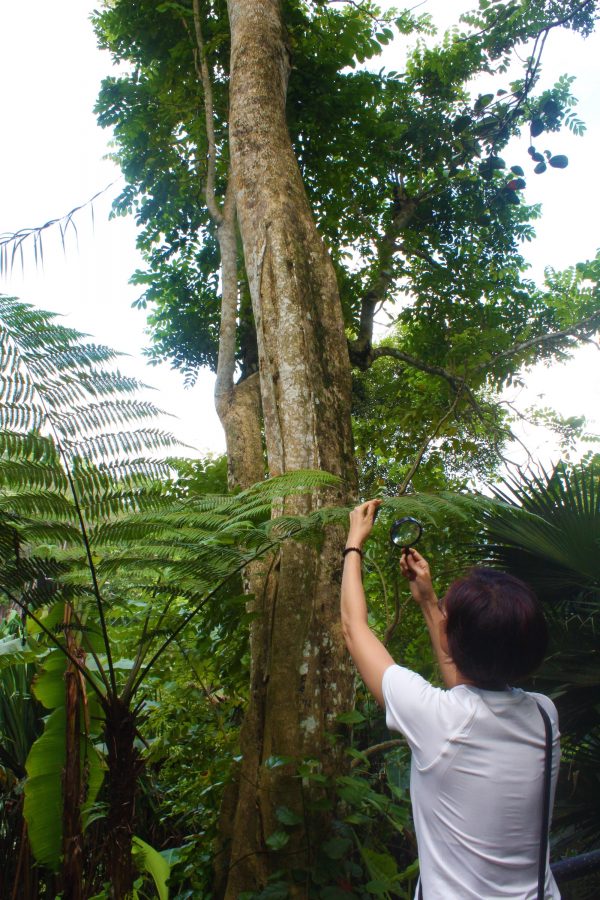
The breeze is calming, and you listen to sounds of chipping birds, brachiating langur monkeys and distant croaking of horn frogs. While admiring the gigantic trees, my jaw dropped when I saw a roughneck monitor lizard resting on an uppermost branch.
Corina casually says, “Oh yes, that’s her favourite spot to hang out.” Just like humans in their homes, occupants of the jungle make the most of their leisure time.
AWAKENING THE SENSES
Our lungs and nostrils are definitely the biggest winners, but that was only one part of getting the most of clean, fresh air. Under a small shelter, sitting in gaps, we practised the Win Hof Breathing Method, which involves breath holds, strong inhalations, and exhalations.
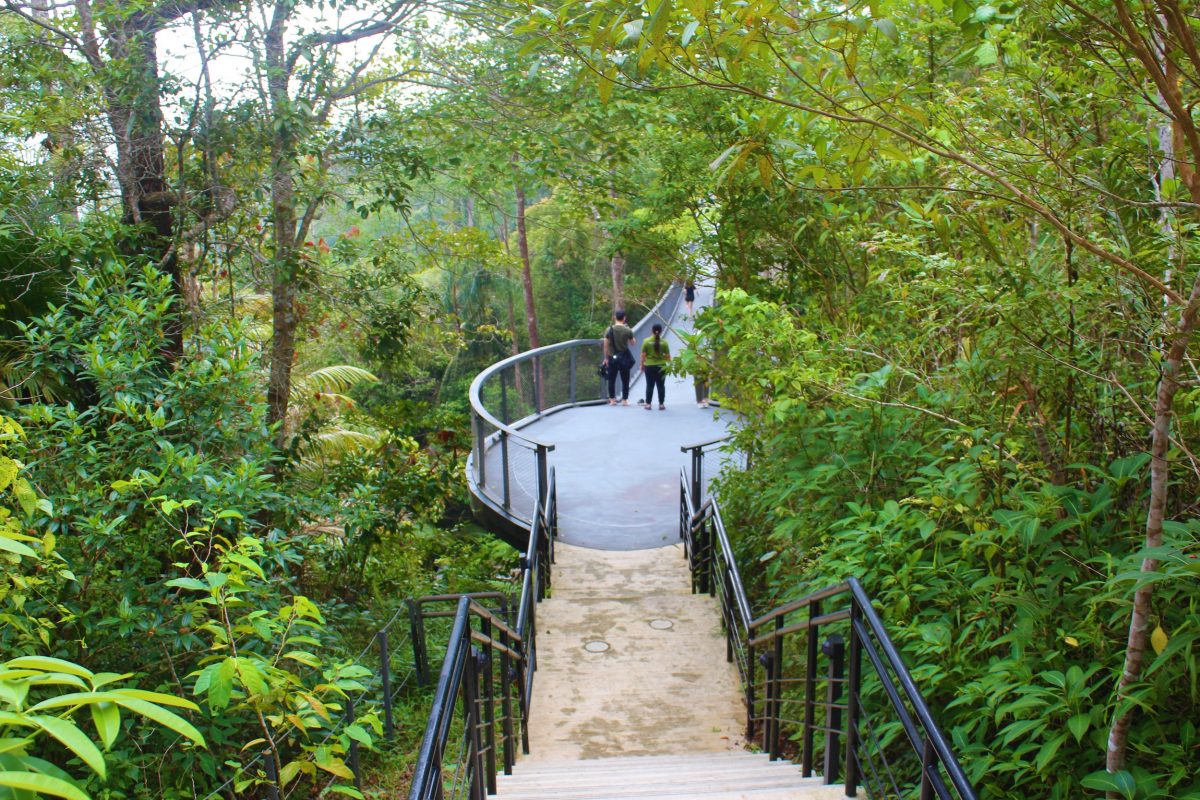
This technique helps to increase energy, reduce stress levels, and heighten focus. Attesting to the latter point, next comes a smelling session. With eyes closed and ears focused on the gentle sways of trees, Corina placed herbs and leaves on our palms. Deep inhales of the distinctive aromas, particularly once the herbs are crushed, made the guessing game so unputdownable. The instant freshness to the mind and health benefits when consumed as food, make these greens remarkable.
The ecotherapy extends to walking barefooted on the forest’s surface. Known as “earthing”, you feel an exchange of energy with the earth, as our body picks up free ions and acts as antioxidants.
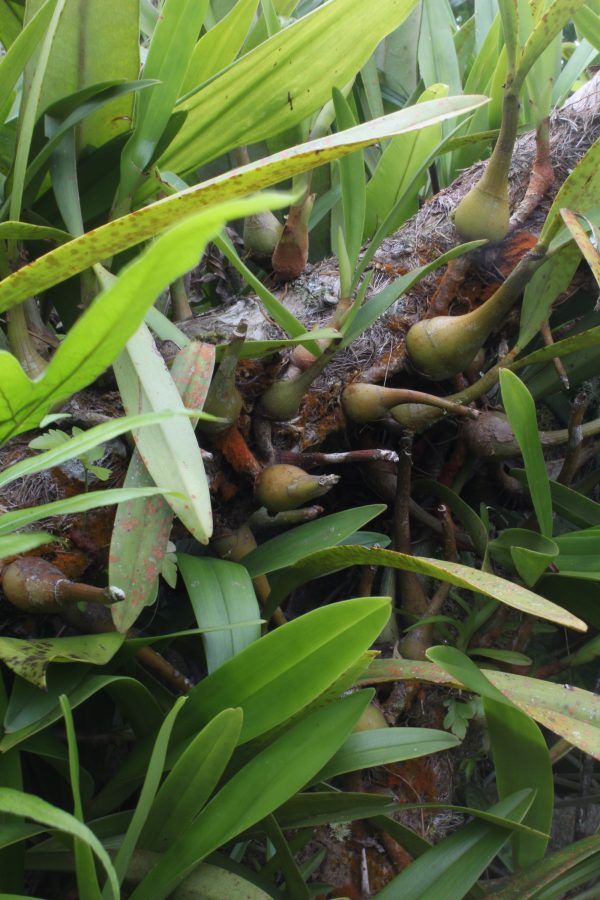
As per Corina’s advice, we gently placed each step on various textures of the ground. Dumping away dreary thoughts and making little pauses on patches of moss, the toughest part was the need to wear footwear again. Shades of greenery and crisp air add to the relaxing additives.
Another part of forest bathing is Tree Hugging. This act increases the levels of the hormone oxytocin, which offers calmness and emotional bonding. Running my hands over the crevices of the bark, taking in the earthy scent and gazing at its peak, it felt like a subtle way of saying ‘thank you to nature.
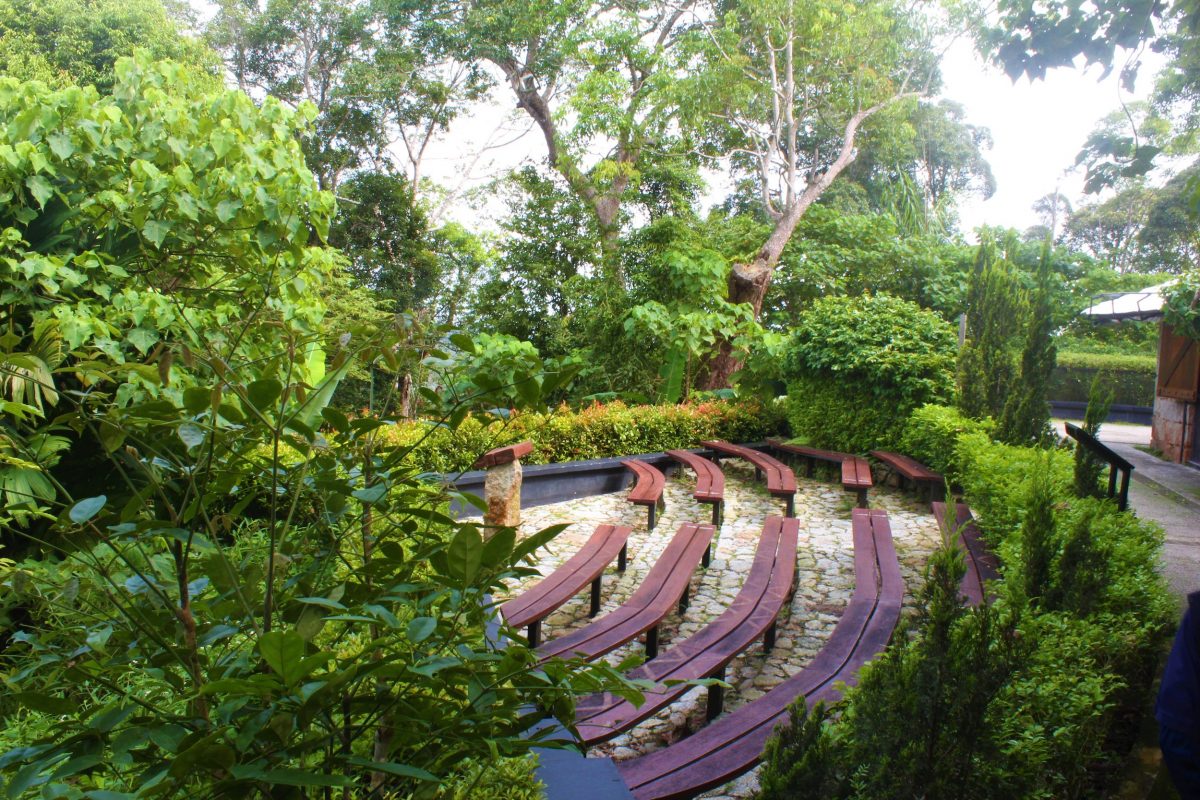
We may embrace a tree’s shade, the fruits it produces, and oxygen it releases, but rare to admire it for what it is.
CONVERSATIONS AMID LUSH GREENERY
Forest bathing wraps up with a tea session behind a former pony stable. Sitting in a circle, our conversations loomed large about nature and its undisturbed majesty.
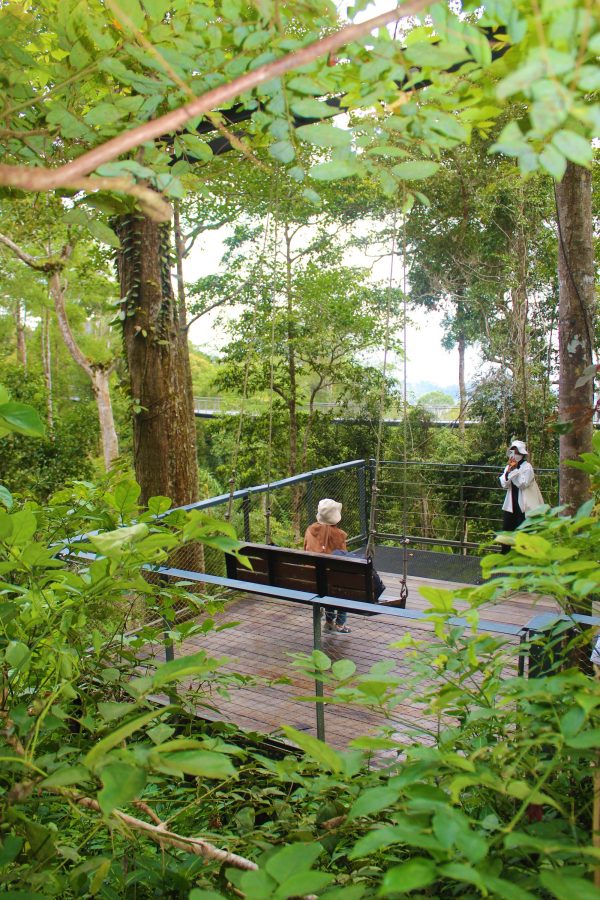
We all shared our favourite moments from the outdoor antidote and felt a collective sense of belonging. I find that forest bathing is not an exercise like hiking or jogging. It’s more about unplugging from all hustle and bustle of life to reconnect with nature through our senses.
The small things that we miss out at first glance, given the chance, will also leave a lasting impression. It’s amazing how hospitable the forest is, simply by being itself and expecting the same from us.
"ExpatGo welcomes and encourages comments, input, and divergent opinions. However, we kindly request that you use suitable language in your comments, and refrain from any sort of personal attack, hate speech, or disparaging rhetoric. Comments not in line with this are subject to removal from the site. "


